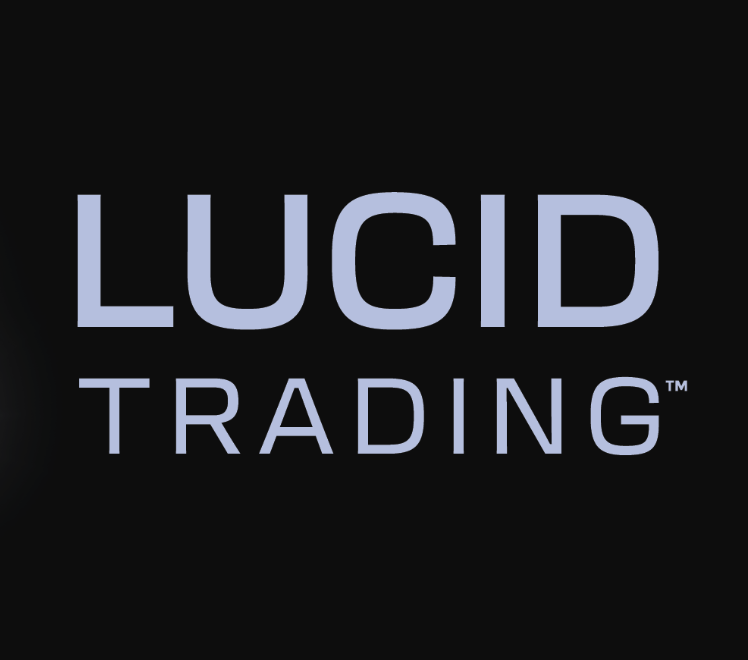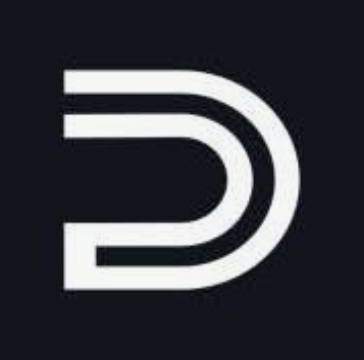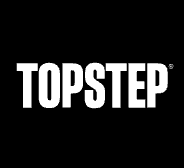Intraday vs. End-of-Day Drawdown - Ultimate Guide

Let’s face it—most traders don’t blow challenges because they can’t read a chart. They blow them because they don’t fully understand the drawdown rules.
That invisible line between “still safe” and “account failed” creeps up fast. And depending on whether you're under intraday or end-of-day drawdown, the rules of the game can change mid-session without you even noticing—until it’s too late.
I've traded with both models. Failed both. Learned from both. And in this article, I’ll break down how each one actually works in the real world—not just in the FAQ section of a prop firm site.
Whether you're prepping for your first evaluation or trying to figure out why your last one imploded, this breakdown will save you from repeating the same mistakes I made.
🔑 Key Takeaways:
- Intraday drawdown punishes hesitation—EOD drawdown punishes overconfidence.
- Choose your prop firm based on your trading style, not just the pricing.
- Some firms switch drawdown types after evaluation—read the fine print.
What Is Intraday Drawdown?
How it works (and how it catches traders off guard)
Intraday trailing drawdown is exactly what it sounds like: your drawdown level moves up during the trading day as you make money. But—and here’s the trap—it never moves back down. It only trails your highest balance of the day.
Here’s the kicker: many traders assume they’re safe as long as their balance never dips below the original drawdown level. But if your account peaks midday and then you give a chunk back—even if you’re still in profit overall—you could cross that updated drawdown line and fail. No warning. No mercy.
My first-hand experience trading it
My first serious Apex account was a masterclass in this kind of pain. Nailed a $900 profit on an early NQ short. Feeling confident, I took a small long later in the session, gave back $300, and boom—account failed. Still up $600 overall. Still failed.
Intraday drawdown taught me to protect highs—not just celebrate them.
End-of-Day Drawdown Explained
Why many traders prefer it
Compared to intraday, end-of-day (EOD) drawdown feels like a breath of fresh air. Instead of your drawdown adjusting every time you blink, it only moves up once a day—based on your closing balance.
That means you can trade your plan without constantly watching your peak balance. Firms like Tradeify and Take Profit Trader (during the evaluation phase) are great examples of this more forgiving structure.
What to still watch out for
But EOD drawdown isn’t “easy mode.” I’ve personally held onto losers too long thinking, “I’ve got time”—only to end the session under water. The delayed pressure feels lighter until you’re racing the clock at 3:45 p.m. trying to salvage your balance.
It’s flexible, yes—but still requires discipline.
The Mental Game: EOD Feels Easier, But Is It?
Less stress ≠ less risk
EOD drawdown feels chill. But that calm can lull traders into sloppier risk management.
Intraday forces precision. EOD gives space—but also temptation.
Most blown accounts don’t come from a bad trade. They come from a bad reaction. EOD lets you delay decisions. Intraday demands them immediately. Different styles, same stakes.
Which One’s Better for Your Trading Style?
Scalper vs. momentum trader
If you’re a scalper—short entries, quick exits—intraday drawdown might suit you. You’re not in long enough to trigger major fluctuations, and you benefit from tighter rules enforcing sharper decisions.
If you trade intraday momentum, building positions or letting trades breathe, EOD gives you that cushion.
Swing trader? Not your article—most firms don’t allow overnight holds anyway.
Challenge vs. funded account
Remember: some firms flip the script after you pass. Take Profit Trader, for example, runs EOD in the challenge—but switches to intraday once you’re funded.
Tradeify’s Growth challenge keeps EOD through evaluation and funding. A big plus in my book.
My Favorite Prop Firms for Each Type
Best for End-of-Day Drawdown (During Evaluation)
🚀 Tradeify – Growth Challenge
Clean rules, no activation fees, and consistent EOD logic through both stages. If you want to trade with flexibility and transparency, this is the spot.
📈 Take Profit Trader – Evaluation Phase
EOD drawdown when it counts. Just know: once you’re funded, it switches to intraday. That’s not a deal-breaker—just plan ahead.
Best for Intraday Trailing Drawdown (Challenge and Funded)
✅ MyFundedFutures
No-nonsense, clear intraday rules from the start. If you already trade tight, this is a great fit.
🔧 Alpha Futures
Still maturing, but they’re trader-focused and flexible. If you want structure with breathing room, keep an eye on them. Full listing here.
⚠️ Apex Trader Funding
Discount-heavy and aggressive. If you can thrive under pressure and play tight, they’ll challenge you—in a good way.
Final Thoughts – It’s Not About the Rule, It’s About the Fit
There’s no “better” drawdown model—just the one that matches how you trade.
Intraday made me more disciplined. EOD let me trade with more freedom. Both taught me something.
If your challenges keep ending in frustration, it might not be your strategy—it might be the wrong drawdown type for your trading style.
And if you’re looking for deeper strategy insight, this guide on passing prop challenges is a solid next step.
🎁 Win a $100,000 TopOneFutures Challenge
Every month, I’m giving away one 100K Futures evaluation from TopOneFutures worth $225.
⚠️ Exclusively to new newsletter subscribers. Enter your email. Get in the draw. Get weekly high-value content and best offers, no BS.
Enter Now & Win a 100K Challenge

.png)


.jpeg)
.webp)

.webp)
.jpeg)
.png)
.png)
.jpeg)
.jpeg)


.png)

.png)






.png)
.png)
.jpeg)
.jpeg)

.jpeg)
.png)
.jpeg)




.jpeg)


.webp)
.webp)
.webp)